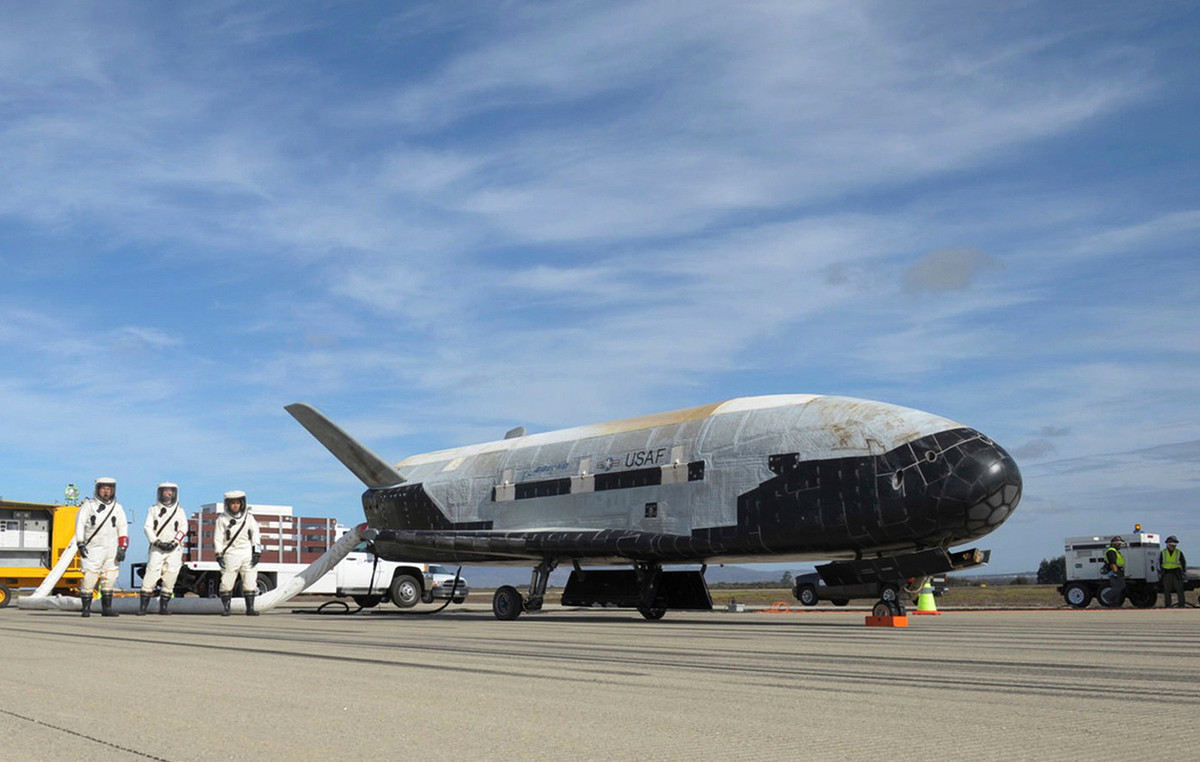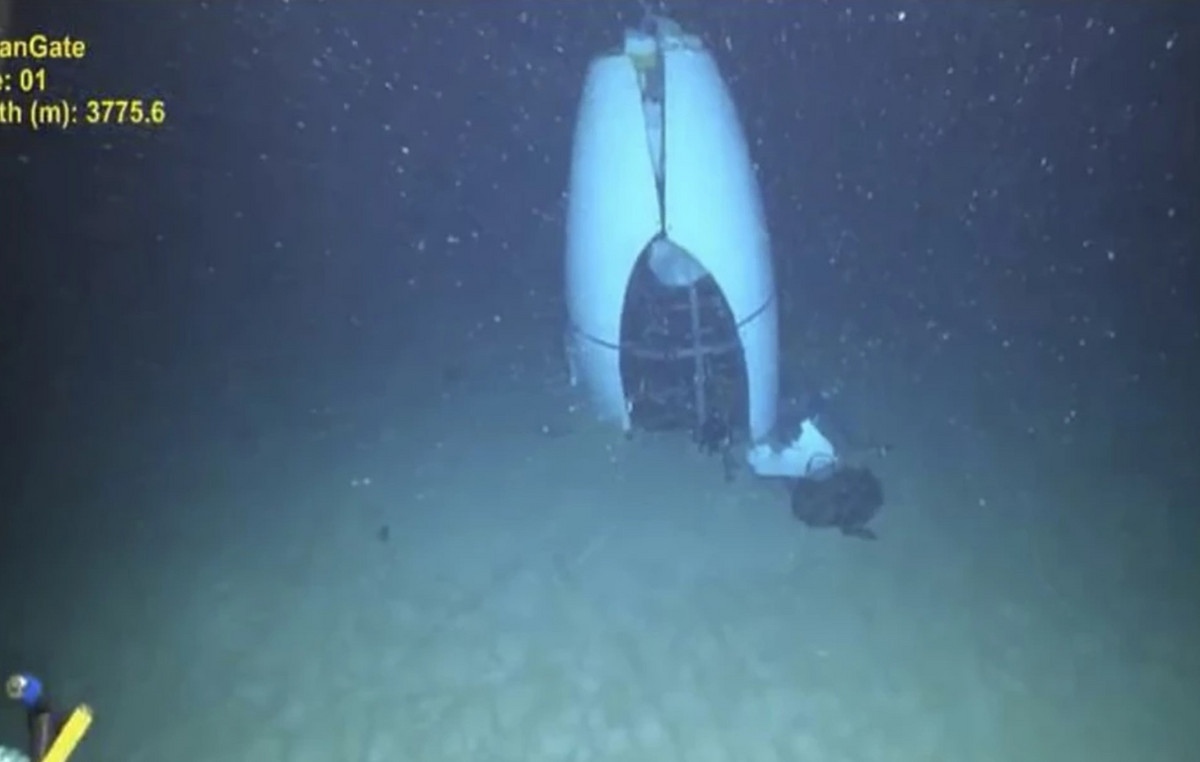The launch of SpaceX’s Starship rocket, billionaire Elon Musk’s aerospace company, has been delayed due to a frozen valve.
The first test flight of the rocket should have taken place on Monday (17), at the base located in Texas, United States. A few minutes ahead of schedule, at 10:00 am Brasília time (8:00 am local time), Musk reported that a pressurization valve appeared to be frozen and, unless it returned to function, the launch would be delayed.
Engineers tried to solve the pressurization problem with the massive boost of the Super Heavy booster. But they couldn’t do it in time.
The rocket will go through what is called “recycling”, the cooled fuel is taken from the spacecraft so they can prepare for another attempt.
It’s unclear when the company will try again. Musk tweeted about the cancellation, saying he had “learned a lot” and would try again “in a few days”.
Recycling will force the company to wait at least 48 hours before trying again.
On Sunday, Musk had already said that he would like to “lower expectations” during a “Spaces” event on Twitter for his subscribers. “If we get far enough away from the launch pad before something goes wrong, I think I would consider that a success. As long as it doesn’t explode on the platform block.”
Taking the rover into space for the first time would represent a major milestone in SpaceX’s ambition to send humans back to the moon and ultimately to Mars.
A successful debut flight would instantly rank the Starship like the most powerful rocket on Earth.
Both the Super Heavy propulsion rocket that is in the lower part of the ship, and the compartment in the upper part that will go into space are designed as reusable components capable of flying back to Earth with smooth landings – a maneuver that has become routine for SpaceX’s smallest Falcon 9 rocket.
But none of the stages would be recovered on the first test flight into space, which is expected to last no more than 90 minutes.
Prototypes of the Starship have made five subspace flights up to 10 km above the Earth in recent years, but the Super Heavy booster has never left the ground.
In February, SpaceX did a booster firing test, igniting 31 of its 33 engines for approximately 10 seconds with the rocket bolted vertically to the top of a platform.
The US Federal Aviation Administration last Friday granted a permit for what would be the first test flight of the fully assembled system, removing a final regulatory hurdle for the long-awaited launch.
If all goes as planned on the next launch date, all 33 engines will fire simultaneously to raise the starship on a flight that nearly completes one orbit of Earth before re-entering the atmosphere and freefalling into the Pacific Ocean at supersonic speed.
After separating from Starshipthe Super Heavy thruster is expected to execute the start of a controlled return flight before diving into the Gulf of Mexico.
As designed, the rocket Starship it’s nearly twice as powerful as NASA’s own Space Launch System (SLS), which made its first unmanned flight into orbit in November, sending a pod called Orion on a 10-day trip around the moon.
*With information from Reuters and CNN’s Jackie Wattles
Source: CNN Brasil
Charles Grill is a tech-savvy writer with over 3 years of experience in the field. He writes on a variety of technology-related topics and has a strong focus on the latest advancements in the industry. He is connected with several online news websites and is currently contributing to a technology-focused platform.







